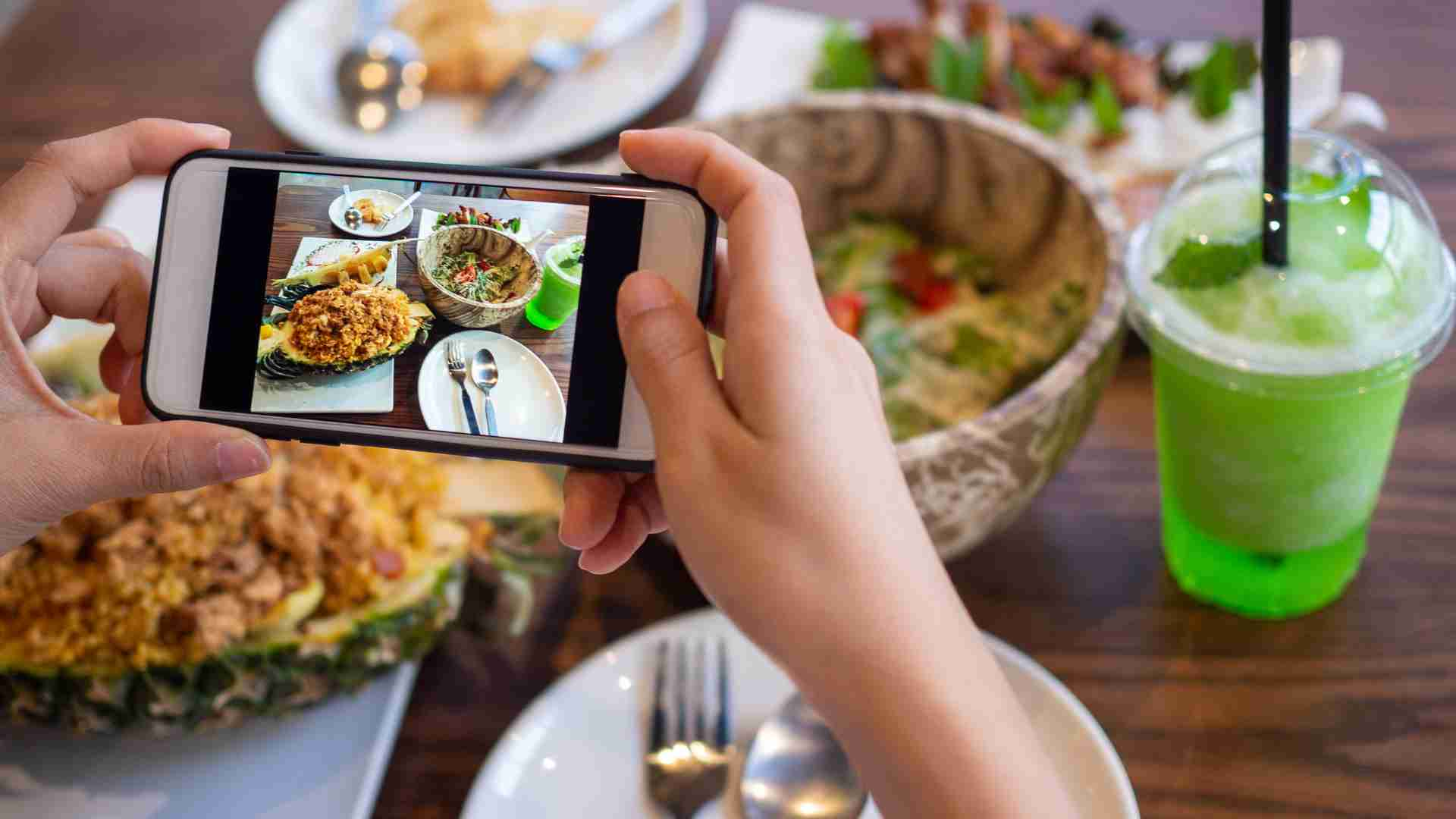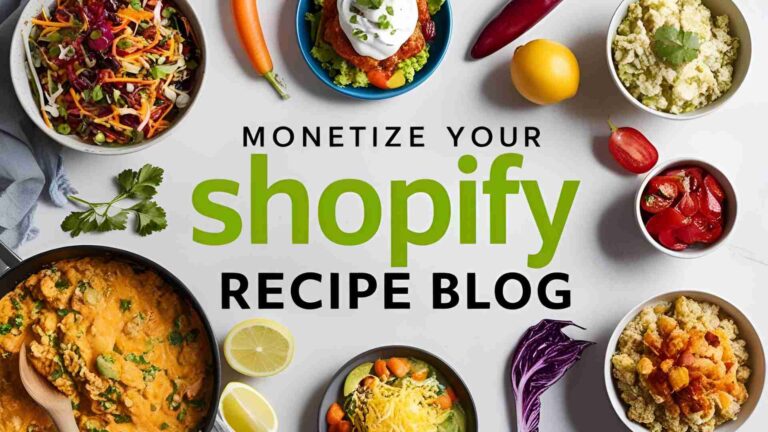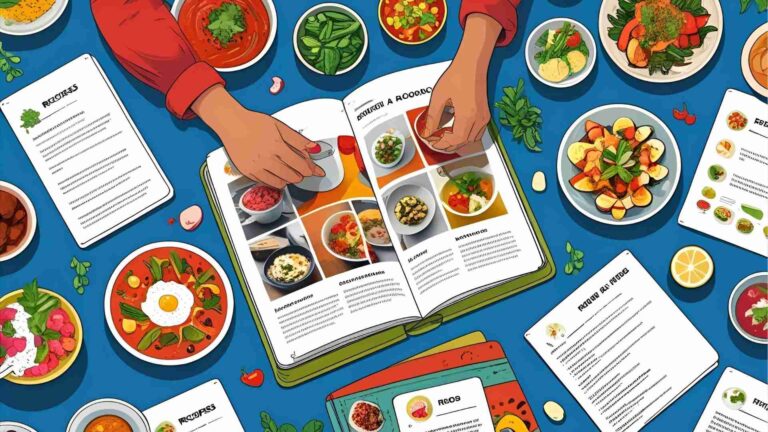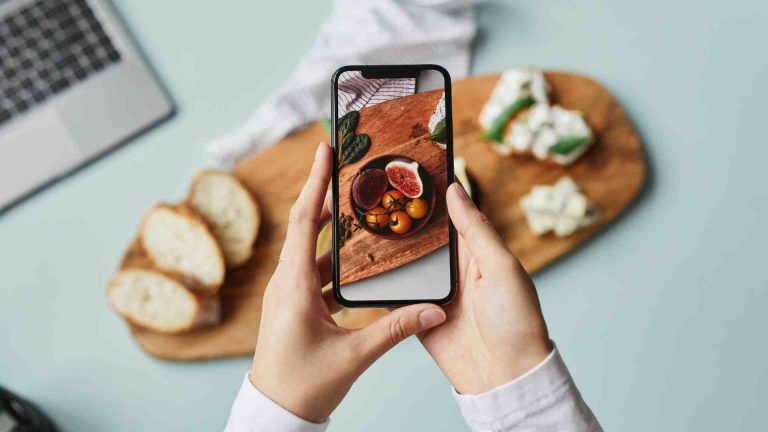Seasonal Traffic and How to Capture It for Food Blog
Boost your food blog with seasonal traffic! Learn expert strategies to capture holiday & event-driven audiences, optimize SEO, and repurpose content effectively.
Seasonal traffic is a goldmine for food bloggers. Every year, predictable waves of online activity surge around holidays, events, and seasonal trends—Thanksgiving turkey recipes, Christmas dessert ideas, or summer barbecue guides. By strategically aligning your content with these rhythms, you can drive massive traffic, engage new audiences, and build a loyal readership. This guide dives deep into how food bloggers can harness seasonal opportunities, optimize for search engines, and repurpose content to maximize impact. With practical tips, real-world examples, and data-driven strategies, you’ll learn how to turn fleeting trends into lasting success.
Why Seasonal Traffic Matters for Food Blogs
The internet operates on predictable cycles. According to Google Trends, searches for “turkey recipe” spike by 500% in November, while “Christmas cookies” see a similar surge in December. These patterns aren’t random—they reflect user behavior tied to holidays, cultural events, and seasonal shifts. For food bloggers, tapping into these cycles offers several benefits:
- Increased Traffic: Seasonal content aligns with what people are actively searching for, driving organic visits.
- Higher Engagement: Timely recipes resonate with readers’ immediate needs, boosting shares and comments.
- SEO Opportunities: Seasonal keywords often have lower competition, making it easier to rank.
- Brand Growth: Capturing seasonal audiences introduces your blog to new readers who may stick around.
However, the window for seasonal content is narrow. Publish too early, and you miss the buzz; too late, and you’re drowned out by competitors. Success requires planning, precision, and a deep understanding of your niche.
Understanding Seasonal Content vs. Evergreen Content
To craft an effective strategy, it’s crucial to distinguish between seasonal and evergreen content:
| Content Type | Definition | Examples | Pros | Cons |
|---|---|---|---|---|
| Seasonal | Tied to specific events, holidays, or times of year | “Halloween Pumpkin Soup,” “4th of July BBQ Recipes” | High relevance, spikes in traffic, easier to rank for niche keywords | Short lifespan, requires precise timing |
| Evergreen | Relevant year-round, not tied to specific events | “How to Make Perfect Pancakes,” “Guide to Knife Skills” | Long-term traffic, builds authority, reusable | Highly competitive, slower to gain traction |
A balanced content strategy leverages both. Evergreen content forms the backbone of your blog, providing consistent traffic, while seasonal content capitalizes on timely trends to attract new readers. For food blogs, seasonal content is particularly powerful because food is inherently tied to cultural and seasonal moments—think Thanksgiving feasts or summer smoothies.
Key Seasonal Opportunities for Food Blogs
Food blogs thrive on holidays and events that drive recipe searches. Here are some of the most significant opportunities, along with their search trends based on Google Trends data:
- Thanksgiving (November): Searches for “turkey recipe,” “stuffing,” and “pumpkin pie” increase by 400–600%. Readers seek traditional recipes and creative twists.
- Christmas/Hanukkah (December): “Christmas cookies,” “holiday appetizers,” and “roast recipes” surge by 300–500%. Giftable recipes (e.g., homemade jams) also trend.
- 4th of July (July): “BBQ recipes,” “patriotic desserts,” and “fireworks party ideas” see a 200–300% spike. Grilling and outdoor dining dominate.
- Halloween (October): “Halloween treats,” “pumpkin recipes,” and “spooky cocktails” rise by 250%. Kid-friendly and themed recipes perform well.
- Valentine’s Day (February): “romantic dinner ideas” and “chocolate desserts” jump by 200%. Couples seek impressive yet accessible recipes.
- Summer (June–August): “ice cream recipes,” “grilled vegetables,” and “cocktail recipes” increase by 150–200%. Seasonal produce like peaches and tomatoes shines.
These trends are perennial, meaning they repeat annually, making them ideal for long-term planning. Beyond holidays, consider niche events like Super Bowl Sunday (snack recipes) or back-to-school season (lunchbox ideas).

9 Expert Strategies to Capture Seasonal Traffic
To turn seasonal opportunities into traffic gold, follow these nine strategies tailored for food bloggers.
1. Plan Ahead with a Seasonal Content Calendar
Timing is everything. Search engines need weeks (or months) to index and rank your content, and readers start searching before the event. For example, Thanksgiving recipe searches begin in early October. Create a content calendar to stay ahead:
- Annual Planning: Map out major holidays, seasons, and niche events relevant to your audience. Use a tool like Google Calendar or Trello.
- Lead Time: Publish seasonal content 4–8 weeks before the event to allow for indexing and promotion.
- Reminders: Set alerts 1–2 months before key dates to start drafting and researching.
Example: For Christmas, schedule posts like “10 Make-Ahead Holiday Appetizers” in early November to capture early planners.
2. Research Trends and Keywords
Understanding what your audience is searching for is critical. Use tools to identify trending keywords and topics:
- Google Trends: Analyze seasonal search patterns (e.g., “fireworks dessert” spikes in July).
- Ahrefs or SEMrush: Find low-competition, long-tail keywords like “gluten-free Thanksgiving stuffing.”
- Google Autocomplete: Type “Christmas dessert” into Google to see popular phrases like “Christmas dessert easy.”
Focus on long-tail keywords (3+ words) to reduce competition and target specific audiences. For instance, “vegan Halloween cupcakes” is easier to rank for than “cupcakes.”
3. Craft Compelling, SEO-Optimized Titles and Meta Descriptions
Your title and meta description are the first things readers see in search results. Make them irresistible:
- Titles: Keep under 60 characters, include primary keywords, and highlight unique value (e.g., “Easy Vegan Pumpkin Pie for Thanksgiving”).
- Meta Descriptions: Use 120–150 characters, incorporate keywords, and appeal to emotions (e.g., “This creamy vegan pumpkin pie is a Thanksgiving must-have. Ready in 1 hour!”).
Example:
| Recipe | Optimized Title | Meta Description |
|---|---|---|
| Halloween Cookies | “Spooky Halloween Cookies Kids Love” | “These spooky Halloween cookies are fun, easy, and kid-approved. Perfect for parties!” |
| Christmas Roast | “Juicy Christmas Roast Beef Recipe” | “Impress guests with this juicy Christmas roast beef. Simple steps, bold flavors!” |
4. Use Structured Data for Rich Snippets
Structured data (schema markup) helps search engines understand your recipe, enabling rich snippets with images, ratings, and cooking times in search results. This boosts click-through rates by up to 30%, per Moz.
- Key Elements: Include title, ingredients, cooking time, step-by-step instructions, and nutrition info.
- Tools: Use WordPress plugins like WP Recipe Maker or Schema Pro to add markup automatically.
- Validation: Test your markup with Google’s Rich Results Test tool.
Example Schema (JSON-LD):
{
"@context": "https://schema.org/",
"@type": "Recipe",
"name": "Easy Vegan Pumpkin Pie",
"image": "https://yourblog.com/pumpkin-pie.jpg",
"recipeIngredient": ["1 can pumpkin puree", "1 cup coconut milk"],
"prepTime": "PT15M",
"cookTime": "PT45M",
"recipeInstructions": [
{"@type": "HowToStep", "text": "Preheat oven to 350°F."}
]
}
5. Optimize Images for Speed and SEO
High-quality food photos are essential, but large files slow your site, hurting SEO and user experience. Google prioritizes fast-loading pages, with 53% of mobile users abandoning sites that take over 3 seconds to load (Google data).
- Compression: Use WebP format or tools like TinyPNG to reduce file size without losing quality.
- Descriptive Filenames: Name images like “vegan-pumpkin-pie-recipe.jpg” instead of “IMG123.jpg.”
- Alt Text: Add keyword-rich alt text (e.g., “slice of vegan pumpkin pie on plate”) for accessibility and SEO.
6. Repurpose and Update Evergreen Seasonal Content
One of the most powerful strategies is repurposing successful seasonal posts. Instead of writing new content every year, update existing posts to keep them fresh and relevant. This approach saves time, builds SEO authority, and increases traffic over time.
Case Study: Reposting “How to Photograph Fireworks Displays”
A blogger updated a 15-year-old post on photographing fireworks for 4th of July and New Year’s Eve. By refreshing images, adding new tips, and republishing, the post’s traffic grew:
- Year 1 (4th of July): 5,000 page views
- Year 2 (New Year’s Eve): 15,000 page views
- Year 3 (4th of July): 30,000 page views
The post reached #1 on Google for “photograph fireworks” due to consistent updates and fresh backlinks. For food blogs, apply this to recipes like “Classic Thanksgiving Gravy” by adding new variations or videos annually.
How to Update Content:
- Refresh images and videos.
- Add new tips, ingredients, or variations (e.g., “gluten-free option”).
- Update meta tags and internal links.
- Check for outdated information (e.g., ingredient availability).
7. Leverage Social Media and Backlinks
Promote seasonal content on social platforms to drive traffic and earn backlinks, which signal authority to search engines.
- Social Media: Share recipes with hashtags like #ThanksgivingRecipes or #SummerBBQ. Create Pinterest-friendly images, as Pinterest drives significant food blog traffic (80% of Pinterest users seek recipes, per Statista).
- Backlinks: Reach out to other bloggers or brands for collaborations. For example, a “Summer Potluck” post during Popsicle Week earned a food blog an invitation to a virtual event, boosting exposure.
8. Create Sensory-Rich Content
Food is sensory, and your content should reflect that. Engage readers’ senses with vivid descriptions:
- Taste: “This tangy lemon tart bursts with zesty citrus flavor.”
- Texture: “Crispy, golden crust cradles a creamy pumpkin filling.”
- Aroma: “The warm, spiced scent of cinnamon fills your kitchen.”
Storytelling also enhances engagement. Share the recipe’s origins (e.g., “My grandmother’s Christmas cookie recipe”) to create an emotional connection.
9. Monitor Analytics and Iterate
Use analytics to track seasonal content performance and refine your strategy:
- Key Metrics: Organic traffic, bounce rate, time on page, and social shares.
- Tools: Google Analytics, Search Console, or Ahrefs.
- Actionable Insights: If a Halloween recipe underperforms, analyze keyword competition or image quality and adjust for next year.
Real-World Success Stories
Starbucks’ Pumpkin Spice Latte Campaign
Starbucks’ fall campaign for the Pumpkin Spice Latte generates millions of social media impressions annually. By teasing the drink’s return in late August, Starbucks captures early search traffic for “pumpkin spice recipes” and builds anticipation, driving both online and in-store engagement.
Cadbury’s Easter Egg Hunt
Cadbury’s interactive Easter Egg Hunt campaign promotes seasonal products through a gamified online experience. In 2020, it earned 1.5 million social media engagements, showing how food brands can blend seasonal content with interactivity.
Food Blog Example: Nectarine Tart
A food blogger posted a nectarine tart recipe timed to California’s peak nectarine season. By researching local availability and publishing in July, the post ranked for “nectarine tart recipe” and earned backlinks from other food blogs, driving 10,000 page views in its first month.
Practical Implementation Tips
To execute these strategies, follow this step-by-step plan:
- Build a Content Calendar: List holidays and seasonal trends relevant to your niche. Schedule posts 4–8 weeks in advance.
- Research Keywords: Use Google Trends and Ahrefs to identify long-tail keywords with low competition.
- Optimize Content: Write sensory-rich recipes, add structured data, and compress images.
- Promote Early: Share on social media and reach out to bloggers for backlinks 2–3 weeks before the event.
- Update Annually: Refresh top-performing posts with new images, tips, and SEO tweaks.
- Track Performance: Use analytics to measure traffic and engagement, refining your approach each year.
Tools and Resources
| Tool | Purpose | Cost |
|---|---|---|
| Google Trends | Identify seasonal search patterns | Free |
| Ahrefs | Keyword research and backlink analysis | $99–$999/month |
| WP Recipe Maker | Add structured data to recipes | $49/year |
| TinyPNG | Compress images for faster loading | Free–$25/year |
| Google Analytics | Track traffic and engagement | Free |
Conclusion
Seasonal traffic is a powerful opportunity for food bloggers to boost visibility, engage readers, and grow their audience. By planning ahead, optimizing for SEO, and repurposing evergreen seasonal content, you can capture the waves of interest that surge around holidays and events. Whether it’s a Thanksgiving pie recipe or a summer cocktail guide, the key is to align your content with your audience’s needs, deliver sensory-rich experiences, and iterate based on data. Start building your seasonal content calendar today, and watch your traffic soar.
Call to Action: What seasonal recipe are you planning for your next post? Share your ideas below, and let’s brainstorm ways to make it a traffic magnet!
Please share these Seasonal Traffic and How to Capture It for Food Blog with your friends and do a comment below about your feedback.
We will meet you on next article.
Until you can read, Writing Helpful FAQ Sections for Recipe Posts






